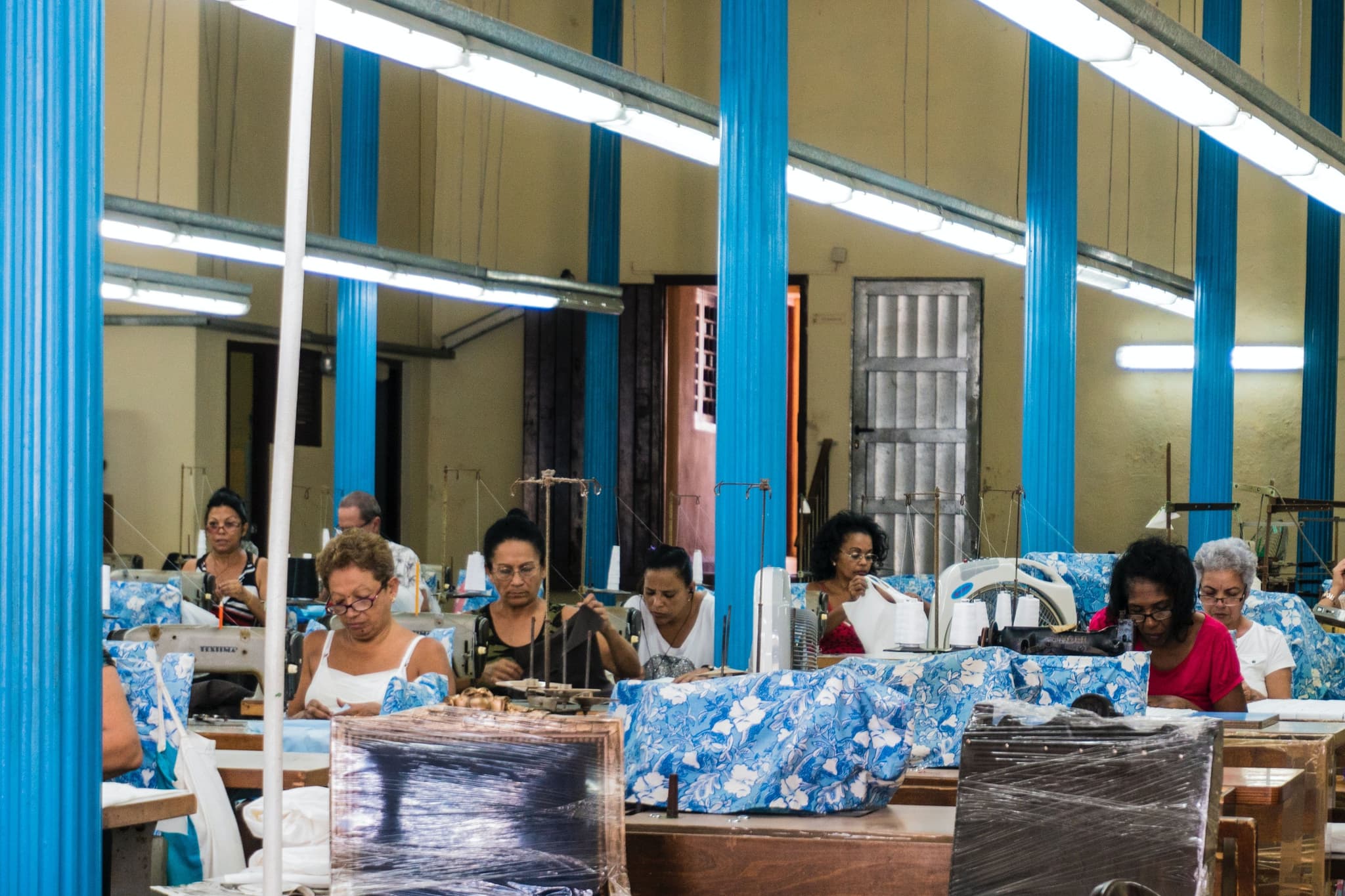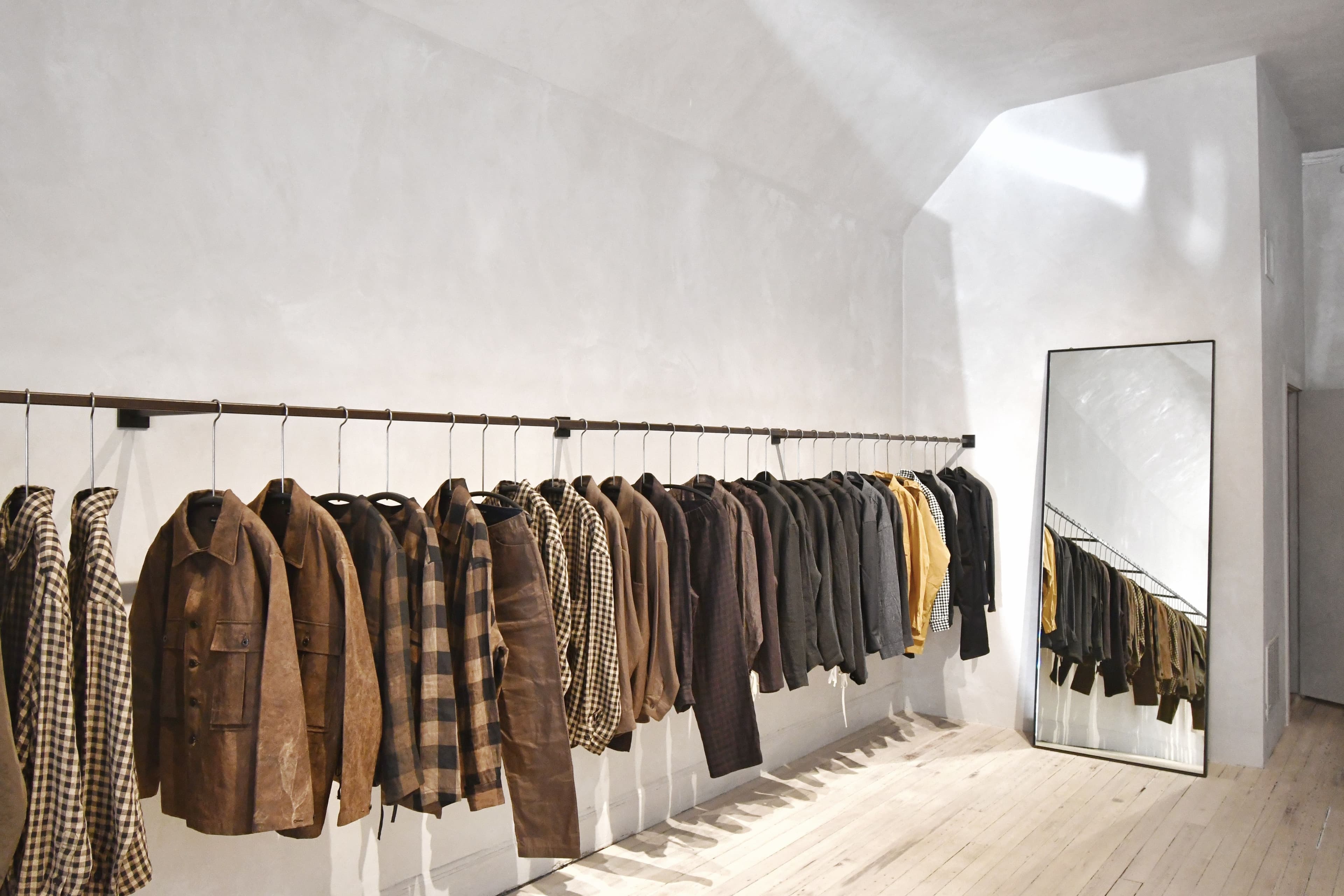Sourcing is a vital part of the modern fashion industry, with the procurement of green materials for clothing taking center stage in recent years. World Resources Institute assessment indicates that emissions from the apparel sector amounted to 1.025 gigatons of CO2 equivalent in 2019. If things continue as they are, the emissions are anticipated to increase to 1.588 gigatons by the year 2030.
As sustainability becomes increasingly essential, both consumers and fashion brands are keen to reduce their ecological footprint and embrace eco-friendly alternatives. However, beneath this laudable shift lies a significant and often overlooked challenge: the fragmented supply chain for green clothing materials.
)](/_next/image?url=https%3A%2F%2Fstorage.googleapis.com%2Ftocco-cms%2FProjected_GHG_Emissions_for_the_Apparel_Sector_0570ac0437%2FProjected_GHG_Emissions_for_the_Apparel_Sector_0570ac0437.webp&w=2048&q=75)
A fragmented supply chain of low-carbon materials in the fashion industry
The fashion industry's supply chain faces challenges ranging from an abundance of intermediaries, which increases environmental variability, to a lack of standard definitions for "low-carbon" materials, resulting in diverse interpretations. Brands often grapple with limited supply chain visibility, hampering accurate carbon footprint verification. They also encounter inconsistent sourcing worldwide due to varied environmental practices and are sometimes inadequately informed about low-carbon materials. Additionally, other pressing concerns, such as ethical labor practices, can eclipse the emphasis on sourcing low-carbon materials.
Communication barriers, encompassing language differences, cultural nuances, and logistical challenges, can also hinder operations and sustainability efforts. Language disparities can lead to misunderstandings, delays and difficulties in negotiation, potentially resulting in production delays and increased costs.

AI-fueled marketplace: revolutionising green material sourcing for clothing brands
An AI-powered marketplace such as tocco for sourcing low-carbon materials in the fashion industry represents a transformative concept. We leverage artificial intelligence to streamline the selection of sustainable materials, facilitating efficient and data-driven decision-making for fashion brands.
- Transparent certification and labeling: tocco provides easily accessible proof of materials' sustainability credentials, offering comprehensive data, certifications, and environmental impact assessments. Brands can make informed decisions, confidently verifying the eco-friendliness of sourced materials.
- Direct communication tools: language differences are no longer a barrier. The platform helps brands overcome language and logistical barriers with human agents, facilitating seamless communication and collaboration between global stakeholders.
- Material search & filtering: using AI-driven tools to find the right match has never been more effortless. tocco employs advanced algorithms to swiftly sift through vast material databases, offering precise search results tailored to each brand's unique sustainability criteria.
- Automated RFQ: by streamlining the request-for-quotation process, tocco's AI-driven system s simplifies and accelerates the procurement cycle. By automating the RFQ procedure, brands and suppliers can swiftly exchange pricing and availability information for low-carbon materials, optimising efficiency and fostering a more agile and responsive fashion supply chain.
References
Bhandari, N., Garza-Reyes, J. A., Rocha-Lona, L., Kumar, A., Naz, F., & Joshi, R. (2022). Barriers to sustainable sourcing in the apparel and fashion luxury industry. Sustainable Production and Consumption, 31, 220–235. https://doi.org/10.1016/j.spc.2022.02.007
Environmental Sustainability in the Fashion Industry. (n.d.). https://www.genevaenvironmentnetwork.org/resources/updates/sustainable-fashion/
Thiruchelvam, S. (2022). Cleaning up the fashion supply chain. Raconteur. https://www.raconteur.net/climate-crisis/cleaning-fashion-supply-chain








